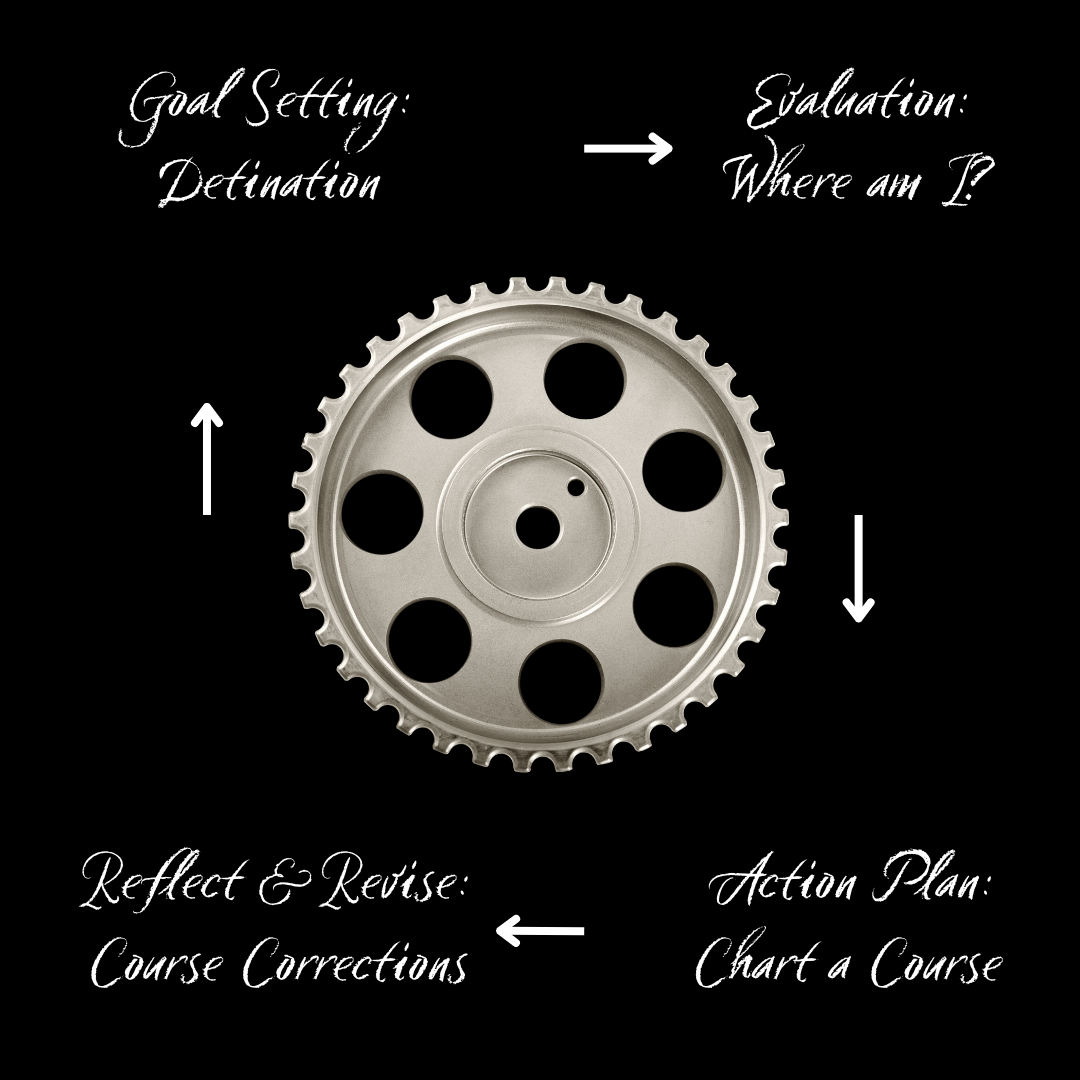Navigating the Road of Self-Reflection to Improve Growth
Have you ever paused to reflect, asking yourself, "How did I lose sight of my habits and arrive at this point?" By habits, I mean not only the personal routines we aim to maintain at home but also the practices we strive to uphold at work. This question is one many of us confront at some point in our lives.
We work diligently to establish these habits, yet in the blink of an eye—or one misplaced 'yes' over a 'no'—our carefully constructed routines can unravel. At home, a slight shift can lead to the abandonment of our workouts or other self-care routines. At work, agreeing to one extra meeting can evolve into an unforeseen weekly commitment.
In this fast-paced world, leaders often find themselves in a relentless cycle of deadlines, team dynamics, performance pressures, and the constant demand to do more with less. They juggle organizational objectives with team management, all while combating time constraints and decision fatigue. Moreover, they must balance their professional responsibilities with their personal lives—a challenging feat indeed.
In the whirlwind of such activity, it's easy to overlook our habits, boundaries, and goals. This is precisely why routine self-reflection is essential. It acts as a compass, guiding us on the journey to self-improvement and the realization of our objectives. Instead of waiting for a crisis, proactive self-reflection can help maintain control.
Planning self-reflection to achieve and catch when off course.
From my experience as a race car driver, I've learned the importance of foresight and planning. On the track, drivers must keep their eyes forward, continuously scan their mirrors, and meticulously plan every maneuver. Simultaneously, it's critical to listen to the car's feedback and strategically plan a track location to monitor the gauges—a form of "planned reflection." Identifying the right moments to reflect amidst all the action, is crucial.
Gauges faces within a race car.
Similarly, we need to schedule our self-reflection in our daily lives. While regular daily, weekly, and monthly intervals are common, we must also consider times of disruption, such as vacations or significant project launches. At home, this could mean taking time after a trip to reassess our return to fitness routines. At work, it might involve periodic check-ins following a project's completion or during a period of change.
To support this process, I advocate a structured approach I call the GEAR method, which includes:
Goal Setting: Defining the Destination
The journey of self-improvement starts with knowing your destination. Goal Setting is about defining clear, achievable objectives that are specific, measurable, and time-bound. Without a clear target, the path forward is aimless.
Evaluation: Understanding Your Current Location
After setting goals, the next step is Evaluation. Similar to checking your location on a map app, this involves an honest assessment of where you stand in relation to your goals, whether it's evaluating skills, job satisfaction, or personal well-being. Objectivity is crucial here to gauge the true distance to your goals.
Action Planning: Charting the Course
Understanding 'where you are' and 'where you want to be' allows you to move to Action Planning. This stage involves developing a detailed plan to close the gap between your current state and your goals. It encompasses identifying resources, setting milestones, and preparing for potential obstacles.
Reflection & Revision: Adjusting Your Path
The final stage, Reflection & Revision, is about embracing continual growth and seeking course corrections. Much like a race car driver who constantly adjusts their strategy, professionals must frequently assess their progress. This means reviewing milestones, determining successful strategies, and making necessary adjustments. This step is vital for learning and ensuring that your efforts are propelling you toward your goals.
Gear with words around it: ‘Goal setting: destination’, ‘Evaluation: where am I?’, ‘Action plan: chart a course’, and ‘Reflect & Revise: course corrections’.
Routine self-reflection is indispensable for those seeking growth and success in all facets of life. The GEAR method offers a structured framework for introspection, helping individuals consistently align their actions with their goals.
By adopting this approach, leaders can ensure they are not just moving but moving in the right direction towards their desired destination.
Written by Steven Schultze.


